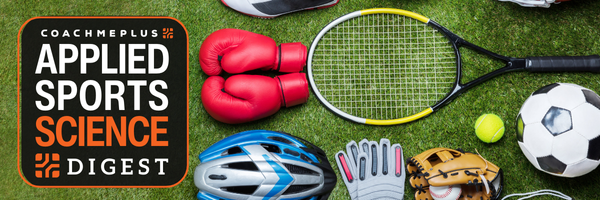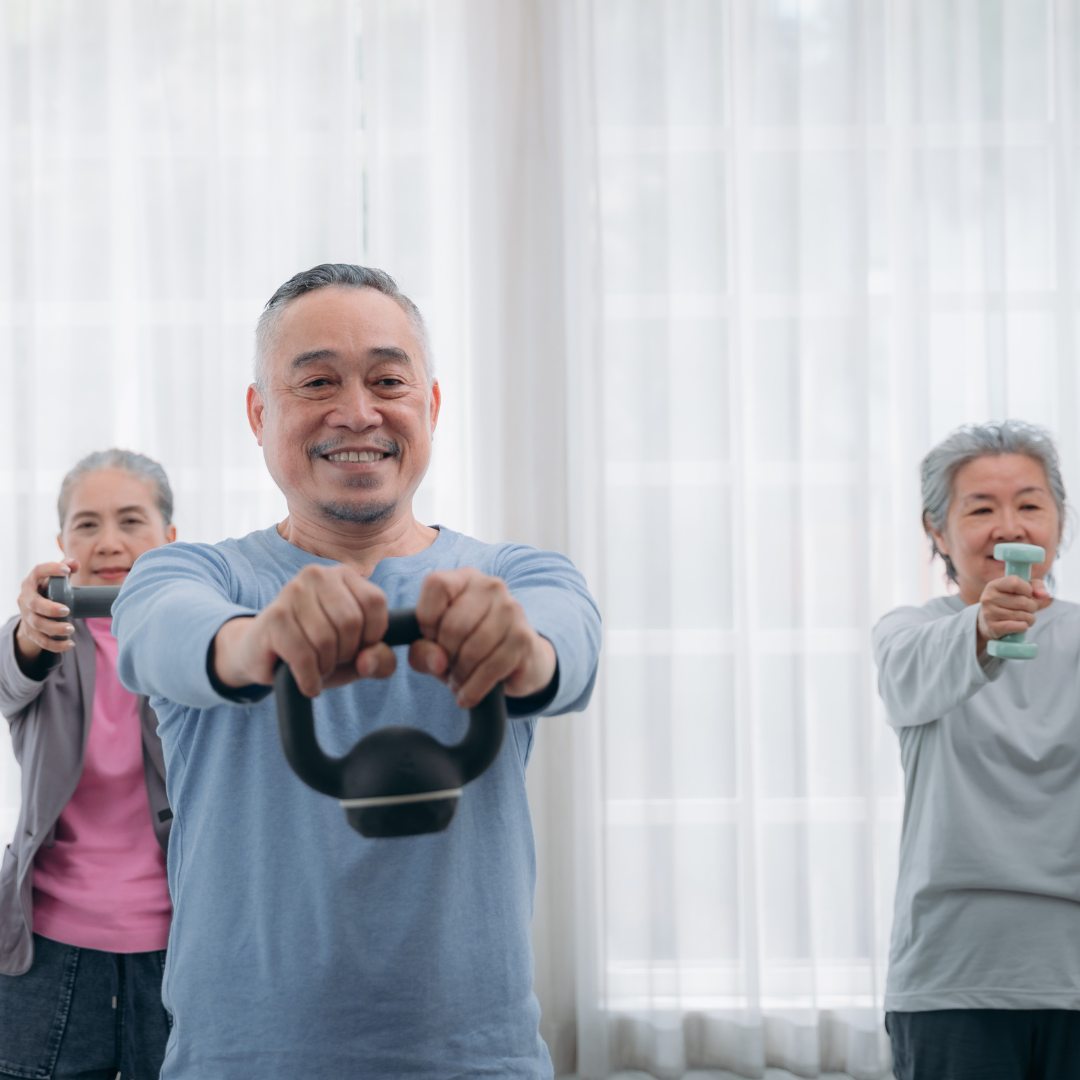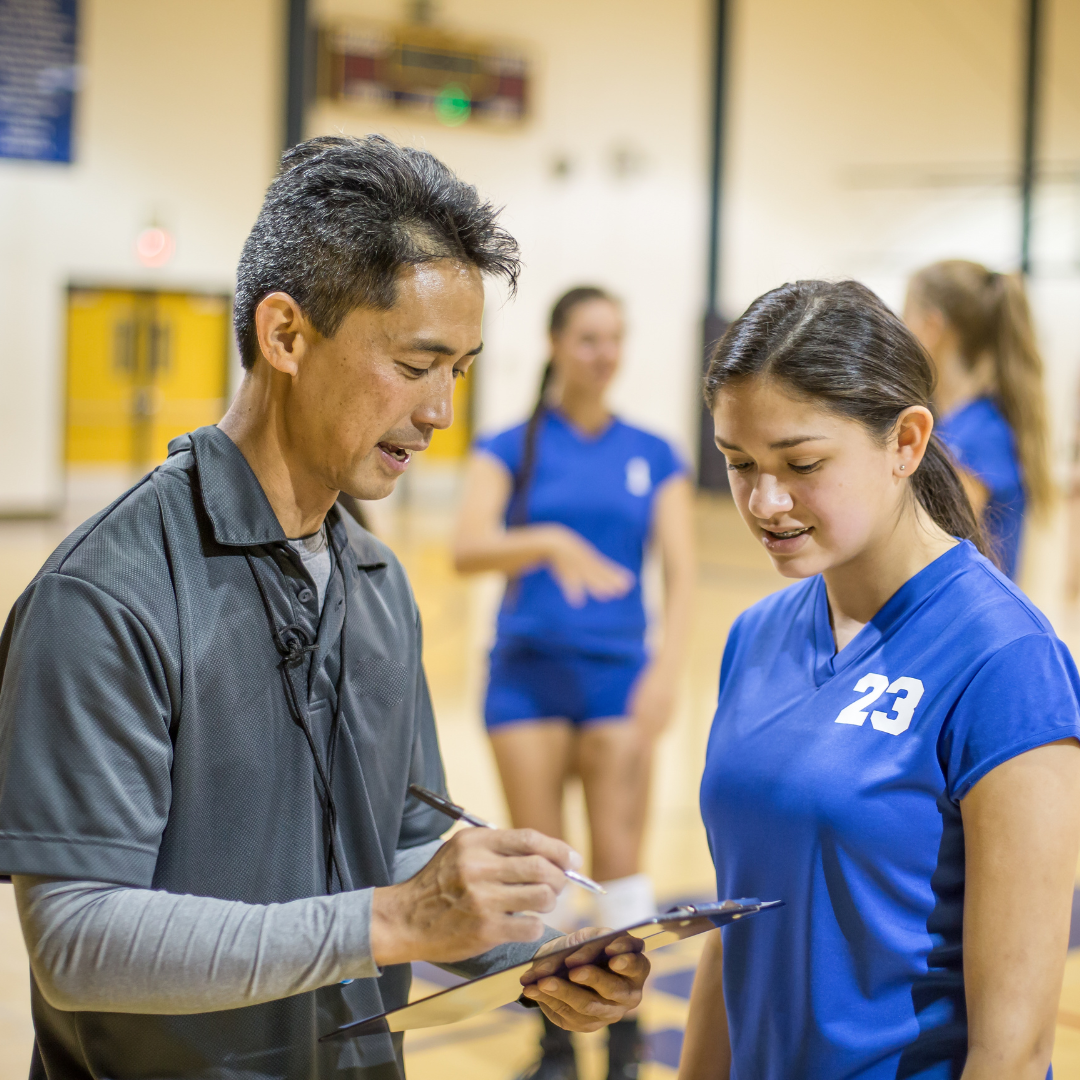Weekly Newsletter
Curated articles every weekApplied Sports Science Weekly Digest #354


Frontiers in Sports and Active Living | May 2024
Effects of a similar amount of regular non-structured or competitive physical activity across late adulthood: a cross-sectional study
“This study highlights the importance of encouraging active lifestyles for maintaining long-term health, high levels of life quality perception and reducing age-related decline.“

Frontiers in Sports and Active Living | May 2024
Examining sport tourism role in fostering social sustainability: Qatar youth perceptions
“This study examines the evolving perceptions of youth residents in Qatar, particularly university students, regarding the social impact of hosting major sport events from 2015 to 2022.“

Journal of Science and Medicine in Sport | May 2024
Exercise in the Management of Polycystic Ovary Syndrome: a position statement from exercise and sport science Australia
“This position statement aims to equip clinical exercise physiologists with a broad understanding of the pathophysiology of PCOS, how it is diagnosed and managed in clinical practice, and evidence- and consensus-based recommendations for physical activity and exercise in PCOS management.“

Sports Medicine| May 2024
Consideration of Mental Health and Well-Being in High-Level Sport: When Will a Coach-Centred Approach Be Introduced?
“Coverage of problems relating to mental health and well-being is gaining ground in the sports sector today, both in the media and in the scientific literature. Despite exposure to numerous stressors and suffering from poor mental health, coaches have in general been largely overlooked in the scientific literature.“

Journal of Exercise Science and Fitness | May 2024
Psychometric Property and Measurement Invariance of Perceived Benefits and Barriers of Physical Activity in Chinese Adolescents
“The outcomes indicated that both scales were unidimensional, exhibited excellent model fit, and demonstrated convergent validity. Additionally, the findings unveiled a lack of scalar invariance for C-PBAPA between preadolescent and adolescent groups. The results also supported the predictive validity of both scales in forecasting daily physical activity levels.“
Newsletter History
Applied Sports Science Weekly Digest #326
Frontiers in Sports and Active Living | November 2023Validation of an instrumented mouthguard in rugby union—a pilot study comparing impact sensor technology to video analysis"This pilot validation study demonstrates that this IMG provides a highly accurate...
Applied Sports Science Weekly Digest #325
Frontiers in Sports and Active Living | November 2023The effectiveness of one “physical education minute” during lessons to develop concentration in 8- to 10-year-old schoolchildren"This study underscores the effectiveness of integrating short breaks for physical...
Applied Sports Science Weekly Digest #324
Frontiers in Sports and Active Living | November 2023Acute effects of isotonic eccentric exercise on the neuromuscular function of knee extensors vary according to the motor task: impact on muscle strength profiles, proprioception and balance"Impairments in force...
Research Articles
Suggested articles for further readingBODY COMPOSITION
Jackson, A and Pollock, M. Generalized equations for predicting body density of men. British Journal of Nutrition. 1978;40:497-504. Abstract
Siri, W. Body composition from fluid space and density. Brozek & A. Hanschel (Eds.), Techniques for measuring body composition. 1961;223-244. Abstract
Brozek, J, Grande, F, Anderson, J, and Keys, A. Densitometric analysis of body composition: Revision of some quantitative assumptions. Annals of the New York Academy of Sciences. 1963;110:113-140. Abstract
INJURY PREVENTION IN YOUTH ATHLETES
Chu, D., A. Faigenbaum, and J. Falkel. Progressive Polymetrics for Kids. Monterey, CA: Healthy Learning. 2006
Hewett, T. G. Myer, and K. Ford. Reducing knee and anterior cruciate ligament injuries among female athletes. J Knee Surg 18:82-88. 2005.
Micheli, L. Preventing injuries in sports: What the team physician needs to know. In: F.I.M.S. Team Physician Manual, 2nd ed., K. Chan, L. Micheli, A. Smith, C. Rolf, N. Bachl, W. Frontera, and T. Alenabi, eds. Hong Kong: CD Concept. 2006. pp. 555-572.
RPE (RATING OF PERCEIVED EXERTION)
Pandolf, K, Billings, D, Drolet, L, Pimental, N, and Sawka, M. Differentiated ratings of perceived exertion and various physiological responses during prolonged upper and lower body exercise. European Journal of Applied Physiology and Occupational Physiology. 1984;53:5-11. Abstract
Baden, D, McLean, T, Tucker, R, Noakes, T, and St Clair Gibson, A. Effect of anticipation during unknown or unexpected exercise duration on rating of perceived exertion, affect, and physiological function. J Sports Med. 2005;39:742-746. Abstract
SLEEP
For a more thorough list about sleep, check out Fatigue Science’s extensive research page.
Russel, C., PhD, J.A., PhD, Arand, D., PhD, Myers, L.J., PhD, Wubbels, P., BS, and Downs, H., PhD. Validation of the Fatigue Science Readiband™ Actigraph and Associated Sleep/Wake Classification Algorithms. Archinoetics, LLC.
Globe and Mail. The Globe and Mail, 31 Dec. 2014. Web. 13 Apr. 2015. Article
Mah CD; Mah KE; Kezirian EJ; Dement WC. The effects of sleep extension on the athletic performance of collegiate basketball players. SLEEP 2011;34(7):943-950.
GPS (GLOBAL POSITIONING SYSTEM)
Varley M, Fairweather I and Aughey R. Validity and reliability of GPS for measuring instantaneous velocity during acceleration, deceleration and constant motion. Journal of Sports Sciences. 2012;30(2):121-127. Abstract
Boyd L, Ball K and Aughey R. Quantifying external load in Australian football matches and training using accelerometers. I J Sports Phys and Perf. 2013;8(1):44-51. Abstract
Gabbett T. Quantifying the physical demands of collision sports; does microsensor technology measure what it claims to measure? J Strength and Conditioning Research. 2013;27(8):2319-2322. Abstract
HYDRATION
For a thorough list of publications about hydration, visit the Gatorade Sports Science Institute Publications page.
Osterberg, K, Horswill, C, and Baker, L. Pregame urine specific gravity and fluid intake by National Basketball Association players during competition. Journal of Athletic Training – J ATHL TRAINING. 2009 01-02;44(1):53-7. Abstract
Godek, S, Peduzzi, C, Burkholder, R, Condon, S, Dorshimer, G, and Bartolozzi, A. Sweat rates, sweat sodium concentrations, and sodium losses in 3 groups of professional football players. Journal of Athletic Training. 2010 Jul-Aug; 45(4): 364–371. Abstract
WELLNESS QUESTIONNAIRE
Hooper, S, Mackinnon, L. Monitoring overtraining in athletes: recommendations. Sports Med. 1995;20(5):321–327.
McLean, B, Coutts, A, Kelly, V, McGuigan, M, and Cormack, S. Neuromuscular, endocrine, and perceptual fatigue responses during different length between-match microcycles in professional rugby league players. International Journal of Sports Physiology and Performance. 2010;5:367-383. Abstract
HRV (HEART RATE VARIABILITY)
Holman, A and Ng, E. Heart rate variability predicts anti-tumor necrosis factor therapy response for inflammatory arthritis. Auton Neurosci. 2008;143:58-67. Abstract
Fomin, R and Nasedkin, V. Effective management of athlete preparation: a comprehensive approach to monitoring of athlete’s individual readiness. White paper, Omegawave, ePub. 2013.
FORCE PLATE
Linthorne, N. Analysis of standing vertical jumps using a force platform. American Journal of Physics. 2001. Abstract
Guillaume L, Wagner P, and Tombleson T. Countermovement jump height: gender and sport-specific differences in the force-time variables. Journal of Strength and Conditioning Research. 2013. Abstract
ithlete. Guide to training with heart rate variability (HRV). HRV Fit Ltd. 2012. Download
